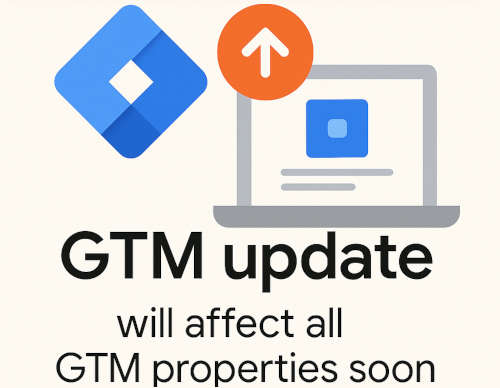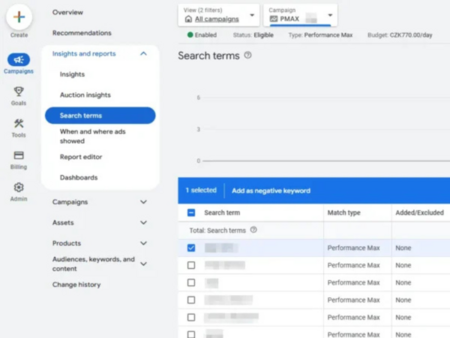Have you been looking at in-platform ROAS—and continually seeing your business revenue drop? Do you feel like it makes no sense how an 8x ROAS isn’t having a positive effect on your business? You’re not alone. The problem isn’t your marketing; it’s the way platforms report success.
ROAS highlights what looks good for each platform you advertise on, but it rarely shows the whole story. That’s why using Marketing Expense Ratio (MER) as your businesses main advertising KPI is the game-changer your business needs to be looking at.
What Is Marketing Expense Ratio (MER)?
MER is a simple way to measure how efficient your marketing spend is driving your business revenue overall. It focuses on total revenue versus total spend, giving you a clear, honest picture of how your marketing dollars are performing.
The formula is easy:
MER = Total Revenue ÷ Total Marketing Spend
For example, if you spent $30,000 on ads and brought in $150,000 in revenue, your MER is 5.0 (or 5:1). Unlike ROAS, which focuses on specific platforms or campaigns, MER tells you how your entire marketing budget is performing.
By taking a big-picture approach, MER helps you see the true impact of your marketing across every channel, without the bias or overinflated claims from individual platforms. It’s not about which platform looks best—it’s about understanding how your overall marketing investment is driving real growth for your business.
How Is MER Different From ROAS?
At first glance, MER and ROAS might look similar, but the difference is in the scope.
- ROAS focuses on individual platforms. It shows you how much revenue a single channel (like Google Ads or Facebook) generated per dollar spent.
- MER is about the big picture. It compares total revenue to total spend across every channel, showing how your marketing strategy performs as a whole.
The problem with ROAS? Platforms love to take full credit for revenue, and when you add up their numbers, they rarely match your actual revenue. MER cuts through this noise, so you can focus on what matters: Did your marketing drive results for your business?
Why MER Is Better for Your Business
1. MER Keeps You Focused on Business Health
ROAS might make a platform look great, but it doesn’t always mean your business is doing better. If MER is strong, your business is running efficiently. If it’s slipping, you know to dig deeper into specific channels or campaigns to solve the issue. Instead of reacting to skewed platform data, you can use MER to guide your strategy with confidence.
For example, since MER takes into account revenue from all channels, poor overall revenue numbers could be due to highly efficient paid media campaigns but lower performance in email marketing. This means that paid could be used to drive incremental revenue to make up for the issues with email and continue to drive the overall business forward while you work out the kinks.
- Aligns with real goals: MER connects marketing performance directly to revenue, not just platform success.
- Helps identify healthy growth: Even if ROAS drops, improved MER might show lower customer acquisition costs (nCAC) and a healthier bottom line.
- Prioritizes what works: MER helps you test and refine campaigns with an eye on overall business impact, not just in-platform performance.
2. MER Gives You the Big Picture
Marketing platforms love to take credit for revenue. Facebook, Google, TikTok—they all claim they’re driving sales, but they rarely split credit with each other. When you add up revenueROAS numbers from these platforms, you might end up with a total revenue figure that’s wildly higher than your actual earnings. That’s where MER shines:
- Eliminates platform bias: MER focuses on total revenue divided by total marketing spend, not what platforms claim.
- Keeps it simple: Instead of juggling conflicting platform data, you get a clear answer to whether your marketing is driving overall growth.
- Focuses on your business: MER is about what you’re making, not what the platforms want you to believe they’re delivering.
3. MER Cuts Through Attribution Issues
Attribution isn’t perfect, and with new data privacy laws and updates that continually give privacy back to the user, your platform attribution gets worse and worse. Platforms often struggle to track the true impact of top-of-funnel campaigns or sales that happen outside their attribution window, and sometimes, even inside your attribution window. MER cuts through this noise by focusing on the big picture of total revenue versus spend.
- Accounts for all campaigns: Whether a customer buys within a 7-day Facebook attribution window or 30 days later, MER captures the overall effect of your spend.
- Supports harder-to-measure campaigns: Top-of-funnel efforts that don’t immediately convert still show their impact in your MER, giving you the confidence to keep building your funnel.
How To Calculate Your MERer Goal:
If you’ve never used MER as a KPI before, you may think that calculating your MER goal could be a cumbersome process involving deep analysis of every expense your business takes on. The good news is that your accountant is not necessary for this process!
The equation is simple:
1 / ((1 * Gross Margin) – (1 * Net Profit Goal After Ad Spend))
Don’t want to do all this math? We get it, so we built a MER Goal Calculator that does all of this for you! Simply enter your gross margin from the last fiscal year along with your ideal net profit after ad spend and you’ll get:
- Breakeven MER: The MER goal you need to break even on your investment.
- MER Goal: The MER goal you’ll need to make the desired net profit at the end of the year.
Give it a shot and let us know if this helps you on your journey tackling Marketing Expense Ratio with your business.
Ready to Level Up Your Marketing?
ROAS is fine for drilling into campaign-level details, but when it comes to running a healthy, efficient business that keeps you growing, MER is the KPI you need to be using.
Want help building a smarter strategy that works for your bottom line? Let’s talk! Reach out today, and we’ll help you use MER to take your marketing to the next level.





no replies